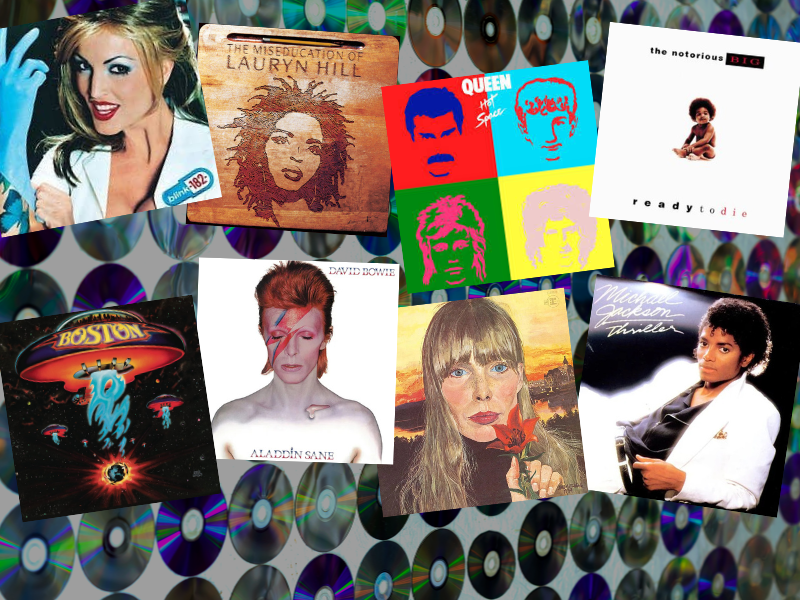The Evolution of Album Cover Art: Music & Visual Creativity

Album covers transcend their role as mere packaging; they represent a visual interpretation of the music, encapsulating feelings, melodies, and cultural subtleties. Across time, album art has progressed from basic promotional displays to serving as enduring symbols of popular culture, influencing realms such as fashion and interior design. Let's explore the evolution of album cover art and how music and visual artistry have intertwined to influence each other.
Early Decades (1940s–1950s):
Before the 1940s, records were commonly packaged in plain sleeves. The introduction of illustrated album covers by Columbia Records’ art director, Alex Steinweiss, in 1938 revolutionized the industry, infusing records with personality, enhancing their visual appeal, and boosting sales. Jazz and classical records from this period often featured elegant typography, musician portraits, and straightforward graphic elements, setting the stage for album art to become a storytelling medium.
The Psychedelic Era (1960s & 1970s):
The evolution of rock music in the 1960s sparked a revolution in album artwork. The rise of psychedelic rock, folk, and experimental genres led to the creation of vibrant, surreal, and mind-bending designs. Bands like The Beatles, Pink Floyd, and Led Zeppelin pushed boundaries with album covers that became as legendary as their music.
The Photography & Minimalism Trend (1980s):
The 1980s saw a shift towards photography-focused album covers and minimalist aesthetics. With the rise of MTV, music videos started influencing album art trends. Artists such as Prince, Madonna, and Michael Jackson used their own images to establish their artistic identities.
The Digital Age & Experimental Approaches (1990s–2000s):
The introduction of digital art and tools like Photoshop in the 1990s paved the way for more experimental album covers. Genres like grunge and hip-hop embraced raw, edgy visuals, while pop and electronic music explored vibrant, surreal aesthetics.
Streaming Era & Beyond (2010s–Present):
With the shift to streaming platforms, album art has adapted to smaller digital formats, exploring animated covers, AI-generated art, and interactive experiences. Artists like Kanye West, Billie Eilish, and Beyoncé have embraced innovative methods to engage their audience. Social media and NFTs have also influenced album art, offering limited edition digital covers for fans to collect and trade.
Share Rolling Stone Lists 'The Best Album Covers Of All Time' | Let's Paint!

